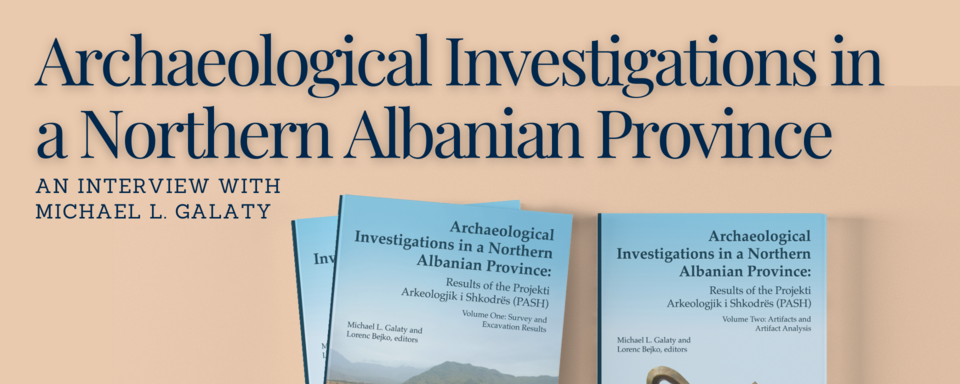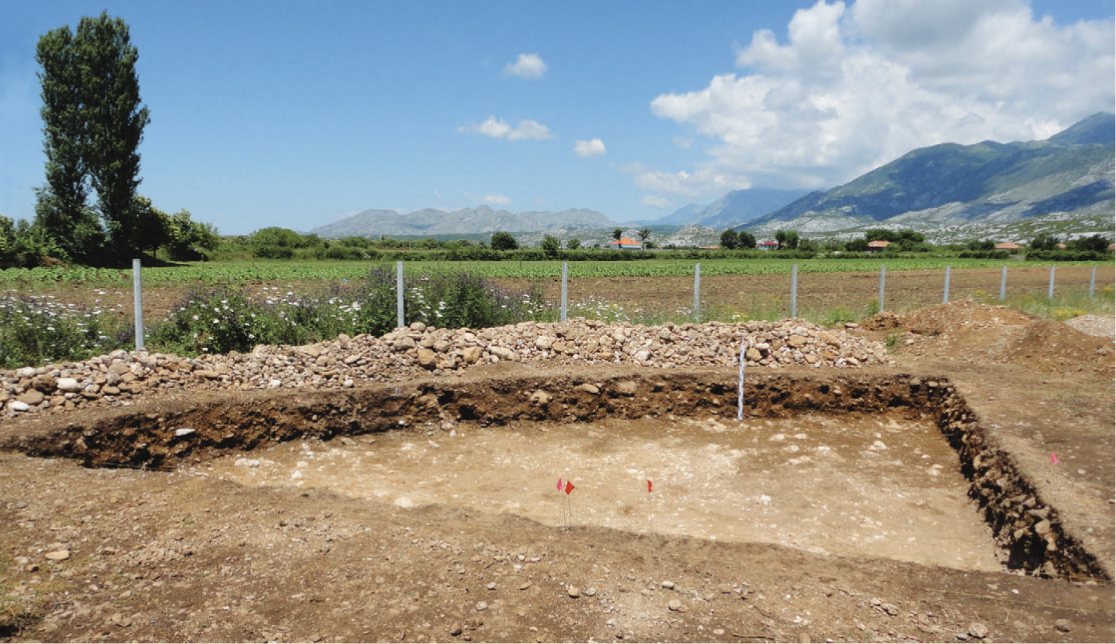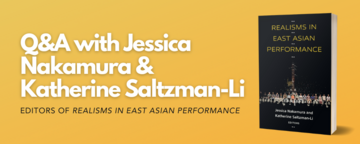An Interview with Michael L. Galaty

The University of Michigan Museum of Anthropological Archaeology and the University of Michigan Press are excited to announce the publication of Archaeological Investigations in a Northern Albanian Province: Results of the Projekti Arkeologjik i Shkodrës (PASH) Volumes 1 & 2, edited by Michael L. Galaty and Lorenc Bejko, along with the associated data set on Deep Blue Data Repository.
This two volume set presents the results of a collaborative Albanian-American project that operated in northern Albania from 2010-2016. Combining various methods, including intensive survey and test excavations, PASH sought to address the origins of social inequality, through time, in a little-known but historically-important western Balkan region. Volume 1 presents the results of survey and excavations, while Volume 2 presents artifacts and artifact analysis. The volumes are accompanied by and linked to an online, open-access archive, managed in the University of Michigan's Deep Blue Data Repository. This is one of Deep Blue’s most ambitious projects to date, with the data curators taking on the tasks of depositing, curating, and linking data across the two-volume publication. Rachel Woodbrook, Data Curation Specialist for Humanities, Social Sciences, and Medicine with Deep Blue, sat down with author Michael Galaty to ask him a few questions about this exciting and innovative project.
Rachel Woodbrook: What prompted you to conduct your research in this area?
Michael Galaty: I did my dissertation research in Greece, about the time Albania was opening to the outside world. I made a trip there in 1995 and fell in love with the country and its culture, history, and people. I co-directed a project in Albania at the Greek colony of Apollonia from 1998-2003, and then in northern Albania in the Accursed Mountains from 2005-2008. The latter project was published as a book called Light and Shadow: Isolation and Interaction in the Shala Valley of Northern Albania. It won the 2014 Scholarly Book Award from the Society for American Archaeology. In Shala we discovered a large Iron Age hillfort. Wondering who built it and why, I launched a new project in the vicinity of Shkodra Lake, called the Projekti Arkeologjik i Shkodres, or PASH. The logical next place to work after PASH was on the other (eastern) side of the mountains, in Kosovo, where since 2018 I have run a project called Regional Archaeology in the Peja and Istog Districts of Kosova, RAPID-K.
Photograph of excavated northwest quadrant (Q1) of Tumulus 085 looking north. Photo by Michael L. Galaty.
RW: For those not familiar with your field, what is the one thing you think is most important/interesting to know/unique about your work or your findings?
MG: I am an anthropological archaeologist, which means that I am particularly interested in the origins and long-term development of human behaviors. PASH was designed in large part to investigate the appearance of social inequalities and hierarchies in the region of Shkodra. This process began as early as the Late Neolithic (circa 5000 BC) and picked up steam in the Bronze and Iron Age, represented by the construction of large burial mounds housing sometimes wealthy graves. Studying the origins of inequality helps us to explain inequality in our modern world, one among many intertwined, pressing issues facing humanity today.
RW: How do you hope your data might be encountered or reused out in the world?
MG: Archaeology is an "interpretive, probabilistic" social science. There are many ways to analyze and understand archaeological field data. By making the PASH data readily available, we allow others, including students and members of the public, to (re)analyze the masses of data we obtained, perhaps drawing new and surprising conclusions. This is how good science works, especially at a public university.
RW: What is one thing you learned during the process of preparing your data for deposit or sharing?
MG: One thing I've learned over the years, sometimes the hard way, is that careful thought needs to be given to data collection, database structures, storage, and metadata on the front end, before fieldwork begins. Without such thought, data become very difficult to deposit in ways that are accessible and usable. Working with the experts at Deep Blue Data on the PASH archive only drove home this point.
RW: Why do you think sharing data is important?
MG: PASH was funded primarily by a large grant from the National Science Foundation (NSF). One stipulation of receiving an NSF grant is that scholars properly curate and share their data. However, beyond that stipulation, I believe archaeologists have an ethical obligation to make their data available to the public that paid for its collection, and to the communities whose past we study.
RW: Do you have a website or other link where people can find more information about you and your work?
MG: Here are links to my UMMAA research page and to my Academia page. Please also be sure to visit the UMMAA Instagram account!
Michael Galaty is director of the University of Michigan Museum of Anthropological Archaeology and Curator of European Archaeology. He is a professor of anthropology and classical studies. He has directed archaeological fieldwork projects in Albania, Greece, and currently in Kosovo.



